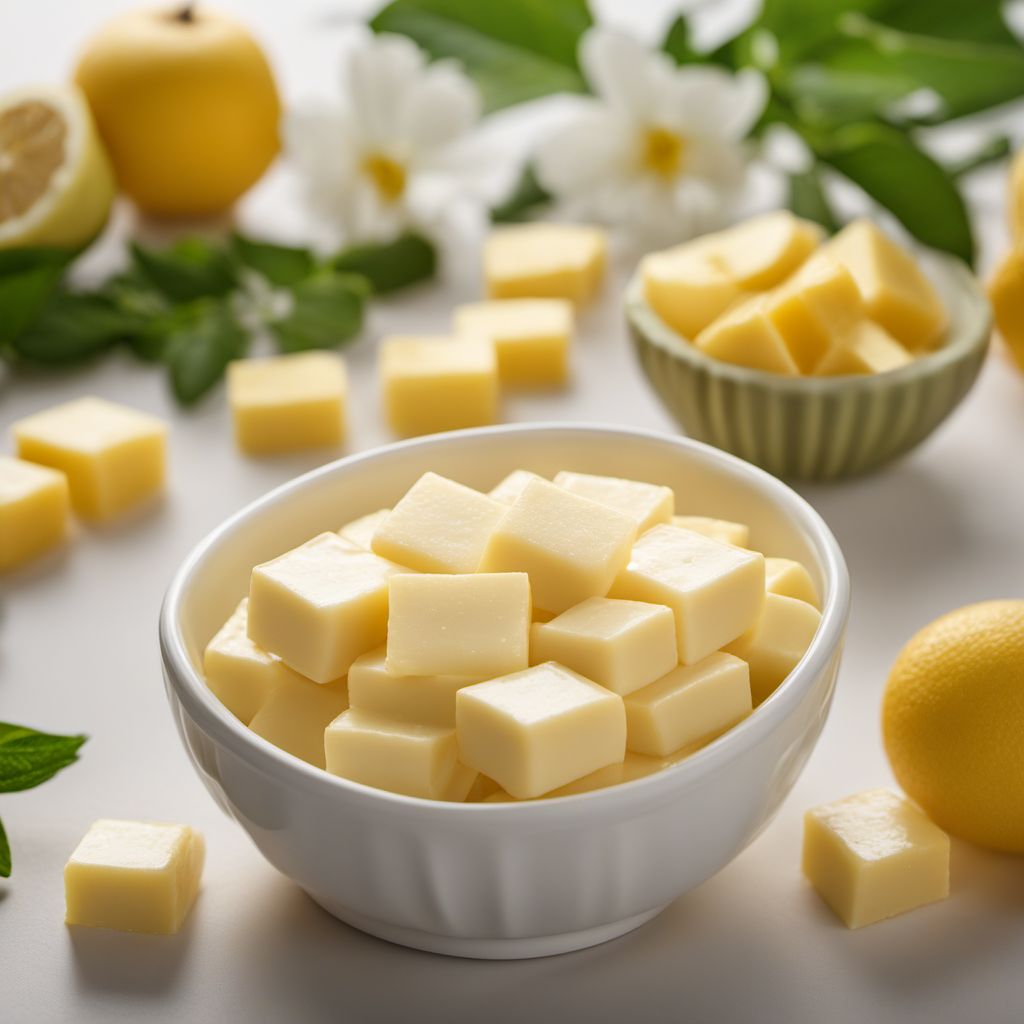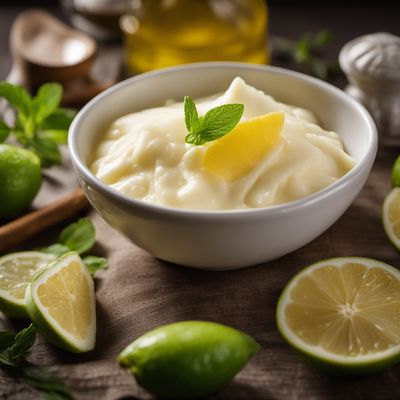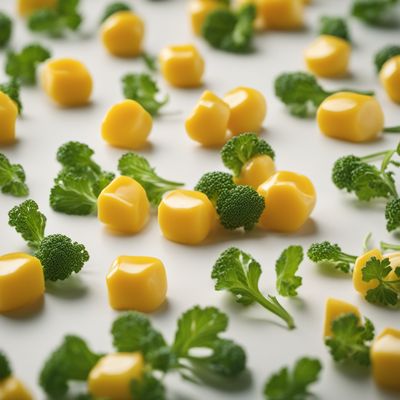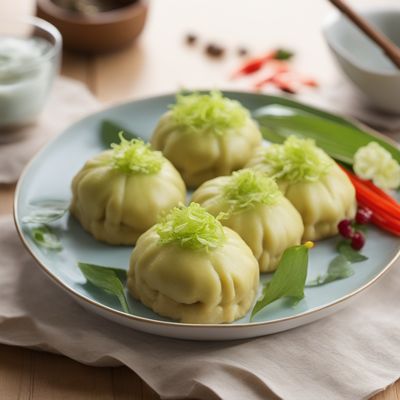
Ingredient
Margarines and similar
Versatile Butter Alternatives
Margarines and similar products are typically made from vegetable oils, such as soybean, canola, or sunflower oil, and are processed to resemble the taste and texture of butter. They come in various forms, including sticks, tubs, and spreads, and offer a convenient option for those seeking a non-dairy or lower saturated fat alternative to butter.
Origins and history
The concept of margarine dates back to the 19th century when it was developed as a cheaper alternative to butter. It gained popularity during World War II when butter was scarce. Margarine is now widely consumed worldwide and has become a staple in many households.
Nutritional information
Margarines and similar products are a source of healthy fats, providing essential fatty acids and fat-soluble vitamins. They are typically lower in saturated fat compared to butter and may be fortified with vitamins A, D, and E. However, it is important to check the label for specific nutritional information as it can vary between brands and types.
Allergens
Margarines and similar products may contain soy, a common allergen, and some varieties may also contain milk proteins. Individuals with soy or dairy allergies should carefully read the ingredient list before consuming.
How to select
When selecting margarines and similar products, look for options that are trans fat-free and have a low saturated fat content. Opt for brands that use healthier oils, such as canola or olive oil, and avoid those with hydrogenated or partially hydrogenated oils. Additionally, consider the intended use, as some margarines are specifically formulated for baking or spreading.
Storage recommendations
To maintain the freshness and quality of margarines and similar products, store them in a cool, dry place away from direct sunlight. Follow the storage instructions provided on the packaging, as some margarines may require refrigeration. Once opened, keep them tightly sealed to prevent oxidation and off-flavors.
How to produce
Margarines and similar products are typically produced in large-scale manufacturing facilities. However, individuals can make their own margarine-like spreads at home by blending vegetable oils with emulsifiers, such as lecithin, and flavorings like salt or herbs.
Preparation tips
Margarines and similar products can be used as a substitute for butter in various recipes, including baking, cooking, and spreading. They are particularly useful for individuals following a vegan or lactose-free diet. However, keep in mind that the texture and flavor may differ slightly from butter, so adjustments may be needed in certain recipes.
Substitutions
Margarines and similar products are commonly used in baking cookies, cakes, and pastries, as well as for spreading on bread, toast, or bagels. They can also be used for sautéing vegetables or as a base for sauces and dressings.
Culinary uses
Margarines and similar products are widely available in grocery stores, supermarkets, and convenience stores worldwide. They can be found in the dairy or spreads section, usually near the butter.



